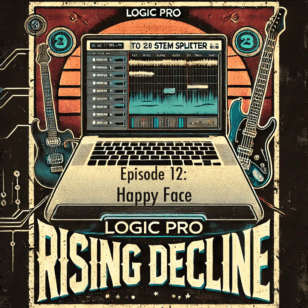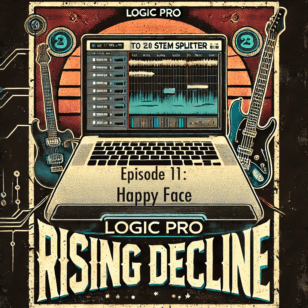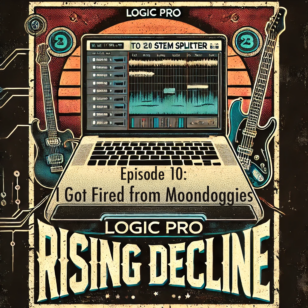This morning, Apple announced iBooks 2. Those following the rumors were expecting interactive textbooks in the typical flashy Apple style (great coverage at Macrumors and Macworld). What I didn’t expect to hear about was iBooks Author. This free app allows you to create your own interactive textbooks. Here are my initial thoughts on iBooks Author, and the application to the classroom.
As an ed tech teacher, I try to deliver content to my students in interesting, meaningful ways. I’ve struggled with ways to share large amounts of information with students. I have created an ePub using Pages, but the workflow is tedious for me and my students. So far, creating a website with pages, links, and videos is the best solution I’ve found. iBooks Author hopes to give educators an easy way to create and distribute content as an iBook.
To get started, download iBooks Author for free from the App Store. 165 MB later, iBooks Author opens, and lets you choose a template. This isn’t the type of thing that you create in an hour–expect to spend some time writing and organizing information. After all, this is a textbook that is being created. The great thing, however, is that your textbook doesn’t have to be 200 pages. You can make a textbook for every unit, every week, or every day.
As a teacher, this is huge. With Apple’s typical drag-and-drop interface, I can quickly and easily create an interactive document for my students. It is simple to create a Review (interactive multiple-choice questions. It is simple to add a Keynote presentation that I already have. It is simple to create an HTML link/embed to content I already have online. It is simple to add an interactive image with various views and descriptions. Again, this entails a considerable amount of work, but the opportunities for my classroom are huge.
My favorite part of iBooks Author so far is the preview. Previously, you had to create a document in Pages, export it as an ePub, add it to iTunes, sync your iPad, and open iBooks on your iPad. Now, connect your iPad to your computer, and you have a preview in seconds. I stopped creating ePubs for my students because the workflow was terrible. With this workflow, I will be creating many iBooks for my class.
Apple makes is fairly easy to distribute your content. You can export it as a .ibooks document, and add it to your website or email students. You can publish it to the iBooks store. This takes more effort, and involves signing up for and downloading iTunes Producer. However, you can sell (or give away) the book through the Store in iBooks. It seems like we, as teachers, finally have a way to create and distribute large amounts of content.



